Microplastics are those super tiny beads (typically around 1 millimeter), that can be found in body and facial scrubs, as well as other personal care products.
While steps are currently being taken to ban these from all products in the future, they can still be found on store shelves now. (1)
So what is the big problem with microplastics? Not only are they chemical particles that come in close contact with your skin, which can absorb toxins, but they also create huge problems for wildlife, fish, and the environment.
4 Big Problems With Microplastics
While it’s common to recognize the dangers of plastic water bottles, or other types of plastic exposure, many don’t realize that microbeads are actually tiny plastic particles. Conservative estimates show 8 trillion microbeads entering the US water supply every day. (2) These microplastics are a massive human and environmental problem.
1. Cosmetic Plastic Exposure
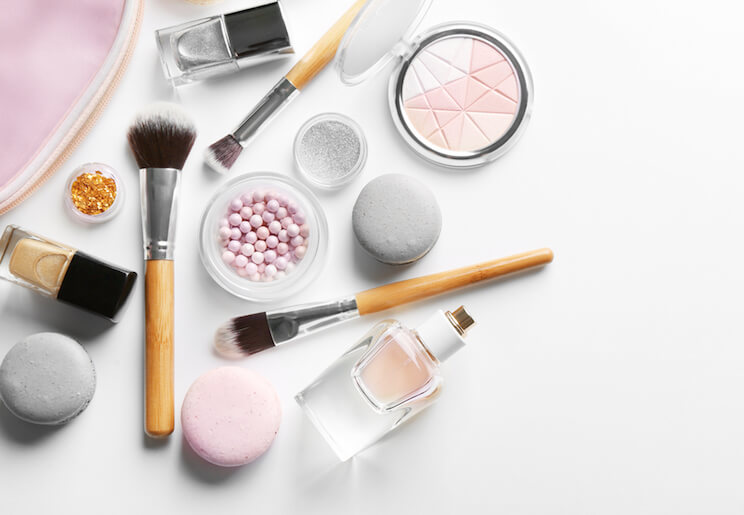
Microplastics are used in cosmetics and body care products to exfoliate, sanitize, or increase cleaning power. They can be found in lotions, sanitizers, toothpastes, and body scrubs, as well as other products. They also add color and texture to cosmetic products such as bronzer, blush, lipstick, gloss, and highlighters.
A single tube of facial scrub can contain upwards of 300,000 microbeads. (3) If you own multiple products that contain microbeads, you could easily have more than a million in your home at any given time.
Want to learn more about Paleo and how it can help you? Grab our FREE “What Is Paleo?” Guide by Clicking Here!
The problem with microplastics – also referred to as “microbeads” – in cosmetics or personal care products, is that they are comprised of various different types of plastic, which have their own concerning effects on human health. The primary ingredients in microplastics are synthetic polymers, including polyethylene, PLA (polylactide or polylactic acid), polypropylene, polystyrene, and polyethylene terephthalate. (4) These plastics can have hormone-disrupting effects on the body, most notably, estrogen dominance, since they can trick the body into thinking that they’re synthetic estrogen. (5) This can lead to potential problems with reproductive hormones, thyroid, infertility, and even an increased risk of developing certain types of cancer. (6,7,8)
If you’re not sure if the product you’re using contains microbeads or not, look for the previously mentioned plastics in the list of ingredients. Even if one of those specifically isn’t mentioned, if there are any plastic ingredients, or nylon, microbeads could be present.
2. Wildlife Contamination
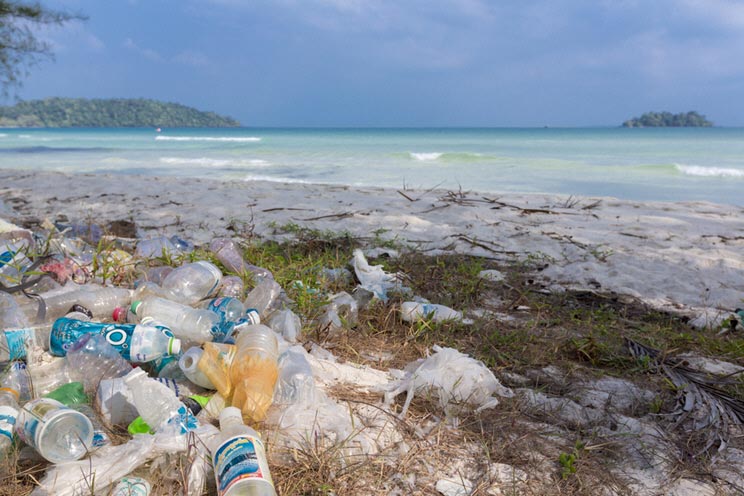
Microplastics don’t just go away because they get tossed in the trash, or washed down the drain. These tiny little beads make their way into rivers, lakes, and oceans, polluting wildlife, because they are too tiny to be captured by the filters of water treatment plants. (9,10)
Microplastics don’t have to come directly from this source, though. When larger plastics are littered or escape landfills, wear and tear from the elements, including sun exposure, can degrade larger plastic pieces and break them down, contributing to massive loads of tiny plastic pieces.
When wildlife accidently ingests these microplastics, this can have toxic to fatal consequences. This is especially problematic in fish, and endangered species populations.
Microplastics have been found in numerous kinds of fish, and when they are ingested, these toxins continue to pollute. There is mounting concern about fish consuming microplastics – including the toxins they contain – and then passing them on to humans when the fish are consumed. (11)
3. Gingivitis
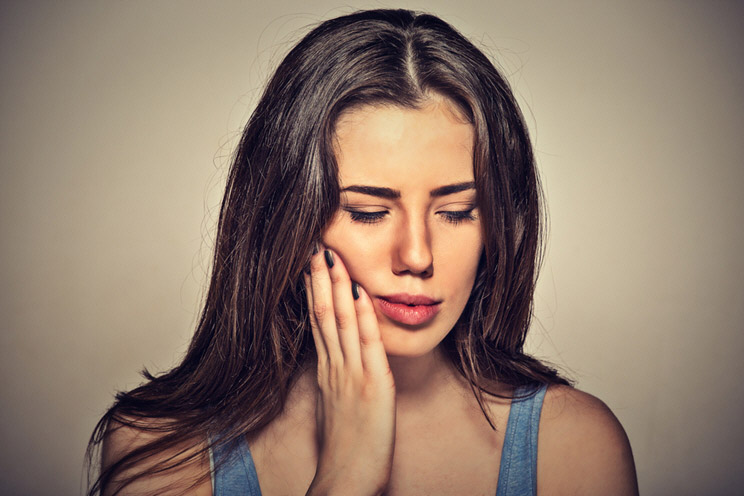
If you’re using toothpaste that has the little bead scrubbers in them, there’s a chance those microbeads aren’t actually leaving your mouth. Instead, some dentists worry that they get trapped on the gum line or under it, retaining bacteria that lead to gingivitis, gum disease, and other infections in the mouth.
4. Contaminated Sea Salt
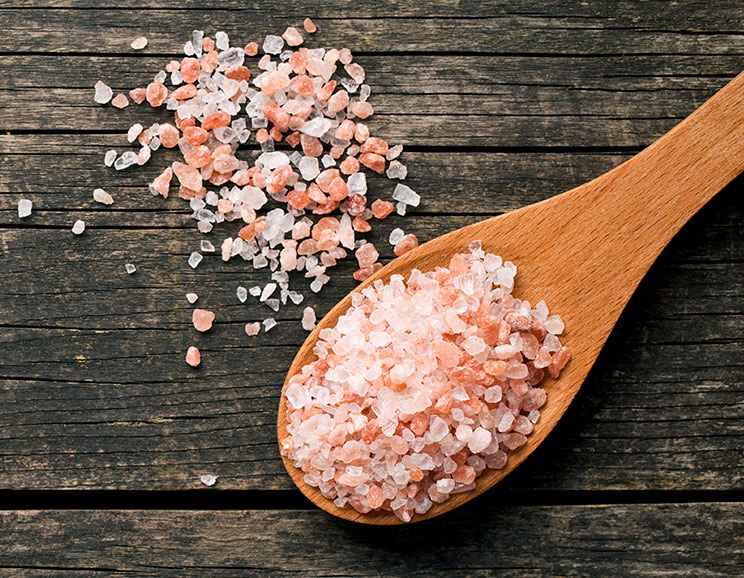
Since microplastics contaminate the sea, sea salt is not exempt from this, and research has found microplastics in sea salt from the shelves of supermarkets. (12) While many opt for sea salt because of its healthy mineral content, they could unknowingly be adding to their plastic body burden.
Bottom line: Microplastics and microbeads pollute wildlife, the environment and our food chain. To make progress towards resolving this massive, global health threat, it is essential to stop using products that contain microplastics.
How to Find Natural, Plastic-Free Products
If you’ve been using products that you didn’t know contained microbeads, it’s time to change them up. There are dozens of healthy, plastic-free alternatives.
Toothpastes
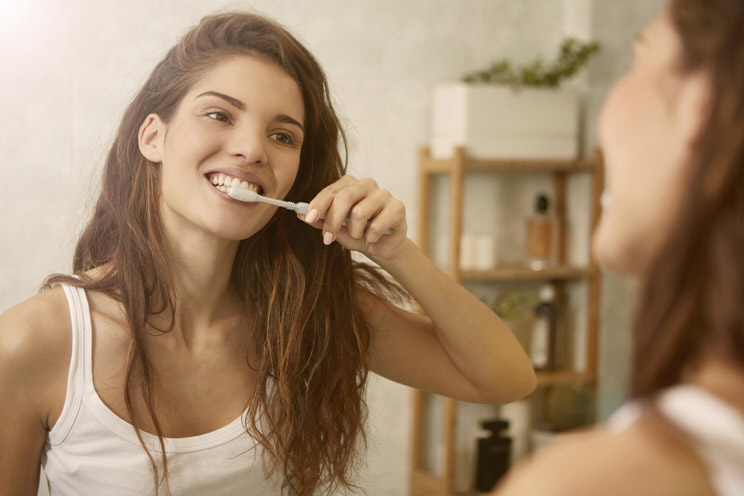
Many of the big name brands use microbeads to increase their scrubbing power. The good news is that you should be avoiding these brands for plenty of other reasons too, including the fact that many of them contain preservatives, fluoride, and other chemicals.
Opt for a natural brand that is plastic-free (read the label), and that is also free from other fake ingredients. While natural toothpastes, like Dr. Bronner’s or Earthpaste, don’t foam as much, they’re actually more efficient at cleaning the mouth without leaving a chemical residue behind.
Bonus: Earthpaste and other clay-based toothpastes can help to remineralize teeth.
Body and Face Scrubs
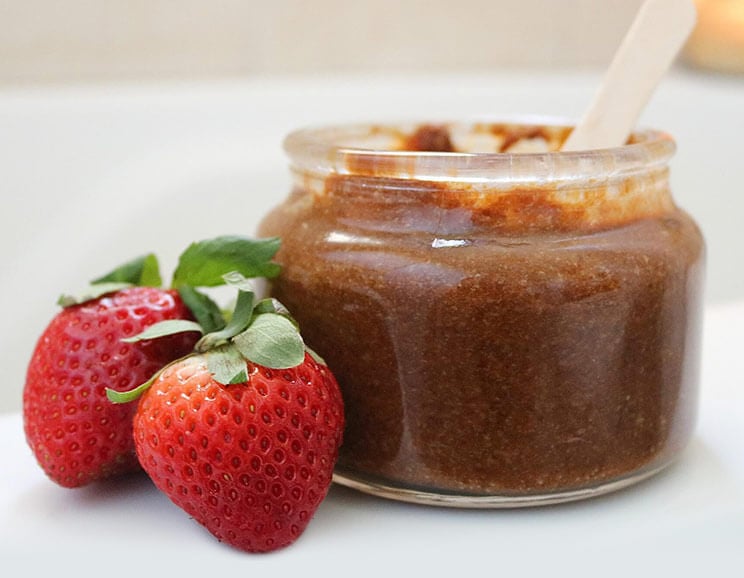
If it has little scrubbing beads in it, skip it. You can use a natural loofah, or dry brushing, to stimulate and exfoliate your skin. Stick to natural, microbead-free body scrubs, and if you need a face scrub, choose one that uses a natural exfoliant, like sugar or salt.
Eye Shadows and Bronzers
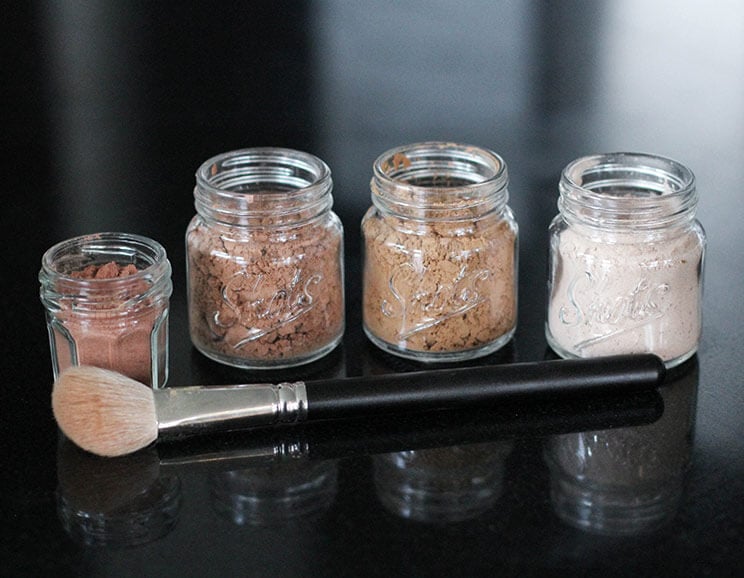
In some mainstream or cheap products, the stuff that gives your eyeshadow and bronzer sheen and sparkle, is actually microplastic pieces. Choose a natural brand that is open about their ingredient sourcing. Read labels and look up ingredients on EWG.org . Beauty Counter, Araza, and W3ll People, are three brands that skip microbeads. Better yet, experiment with natural ingredients like turmeric, cocoa powder and arrowroot powder and try to make your own!
Lipsticks, Balms, and Glosses
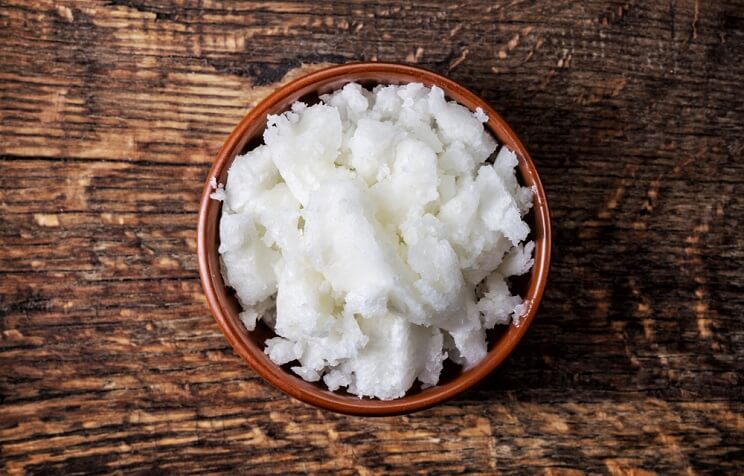
Once again, quality matters. That cheap stuff that you pick up at the drugstore, is probably chockful of microplastics, so while it might hurt to spend the extra money that quality, natural brands require, you’re not only protecting your health, but also doing your part to protect the environment. Again, you can use EWG.org, which scores products by their ingredients.
You can even make your own lipsticks using beet root powder, your own balms and glosses using shea butter with coconut oil.
Bottom line: Investing in microbead-free cosmetics and personal care products is essential for wellness, both for you and the environment. If the price tag of natural brands is too steep, now’s a perfect time to start DIYing these essential items.
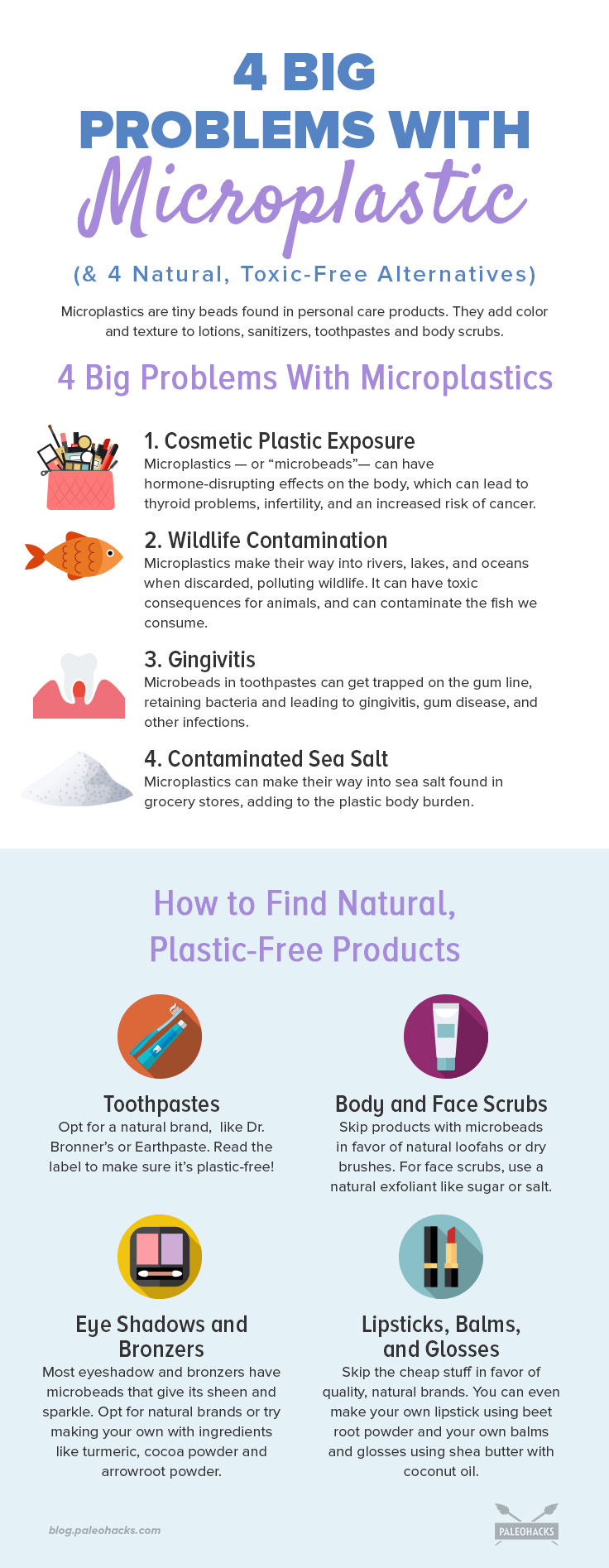
(Read This Next: The 9 Worst Dangers of Plastic & 12 Healthier Alternatives)



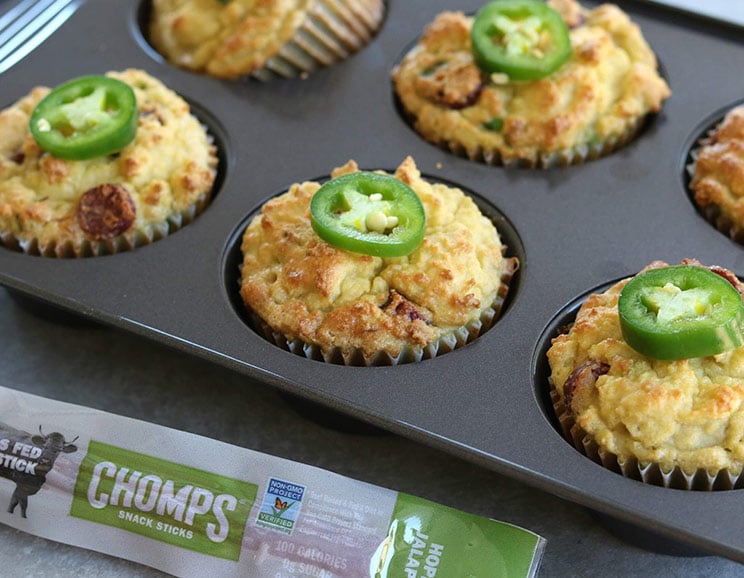 Coconut Flour Cornbread Muffins with Jalapeño Jerky
Coconut Flour Cornbread Muffins with Jalapeño Jerky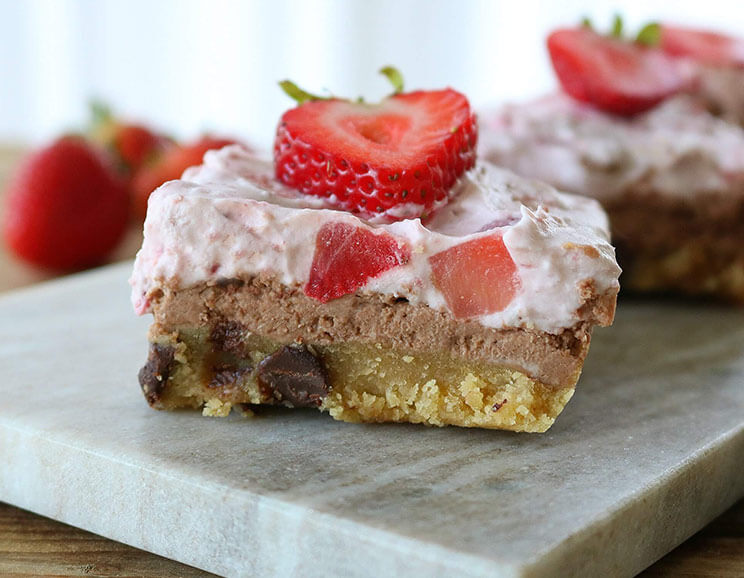
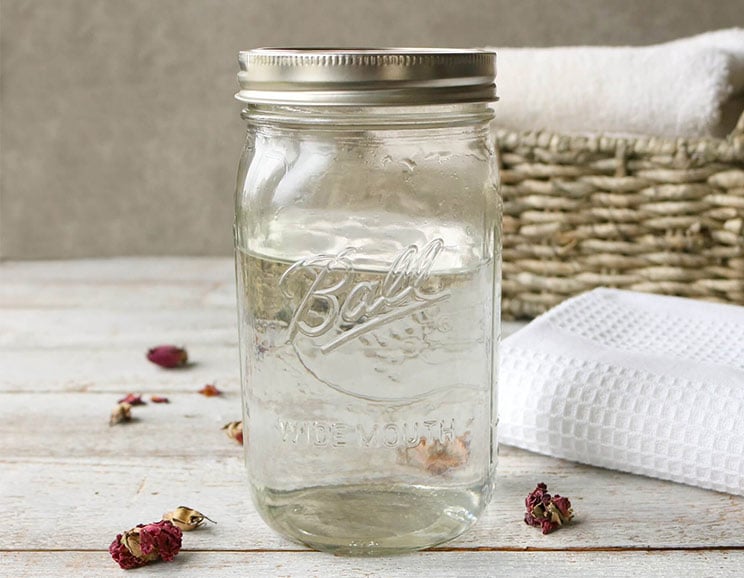
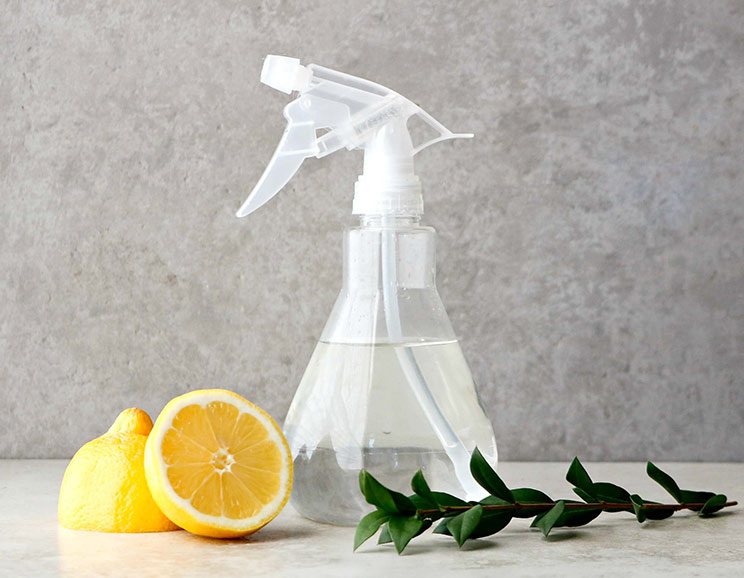
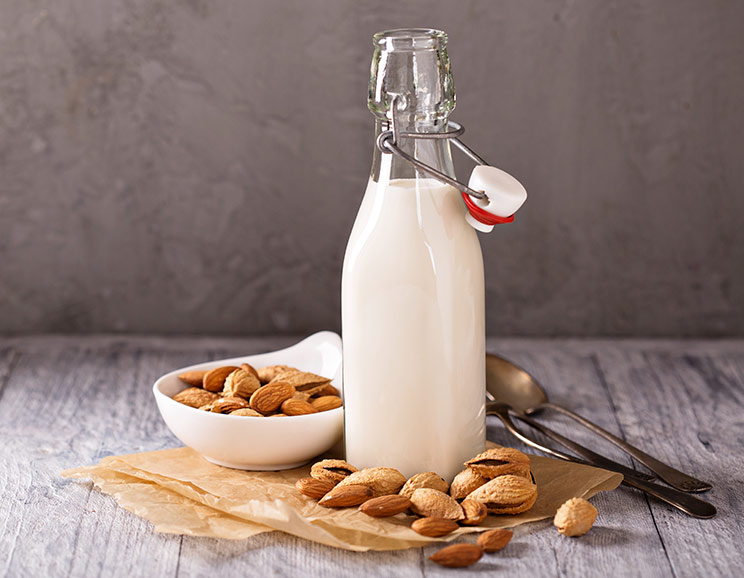


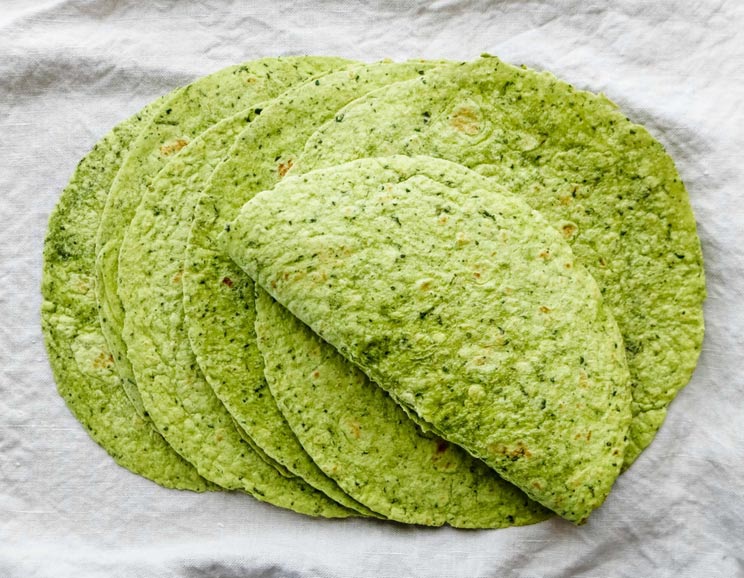
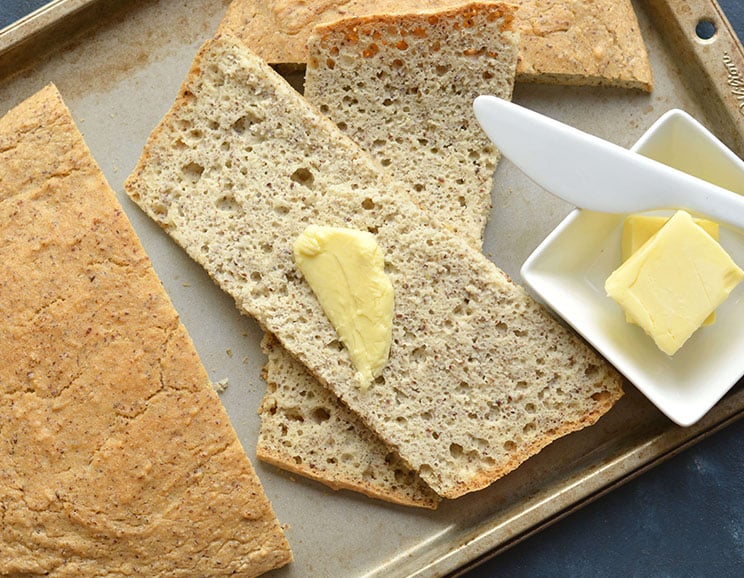

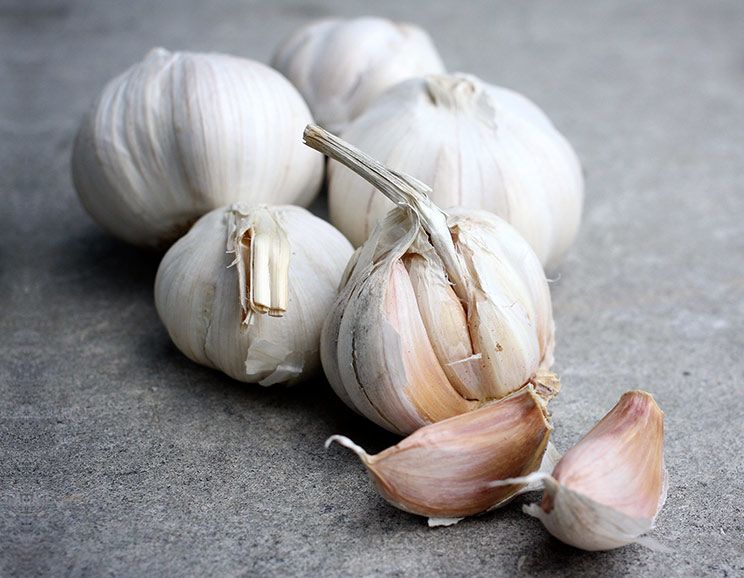
Show Comments